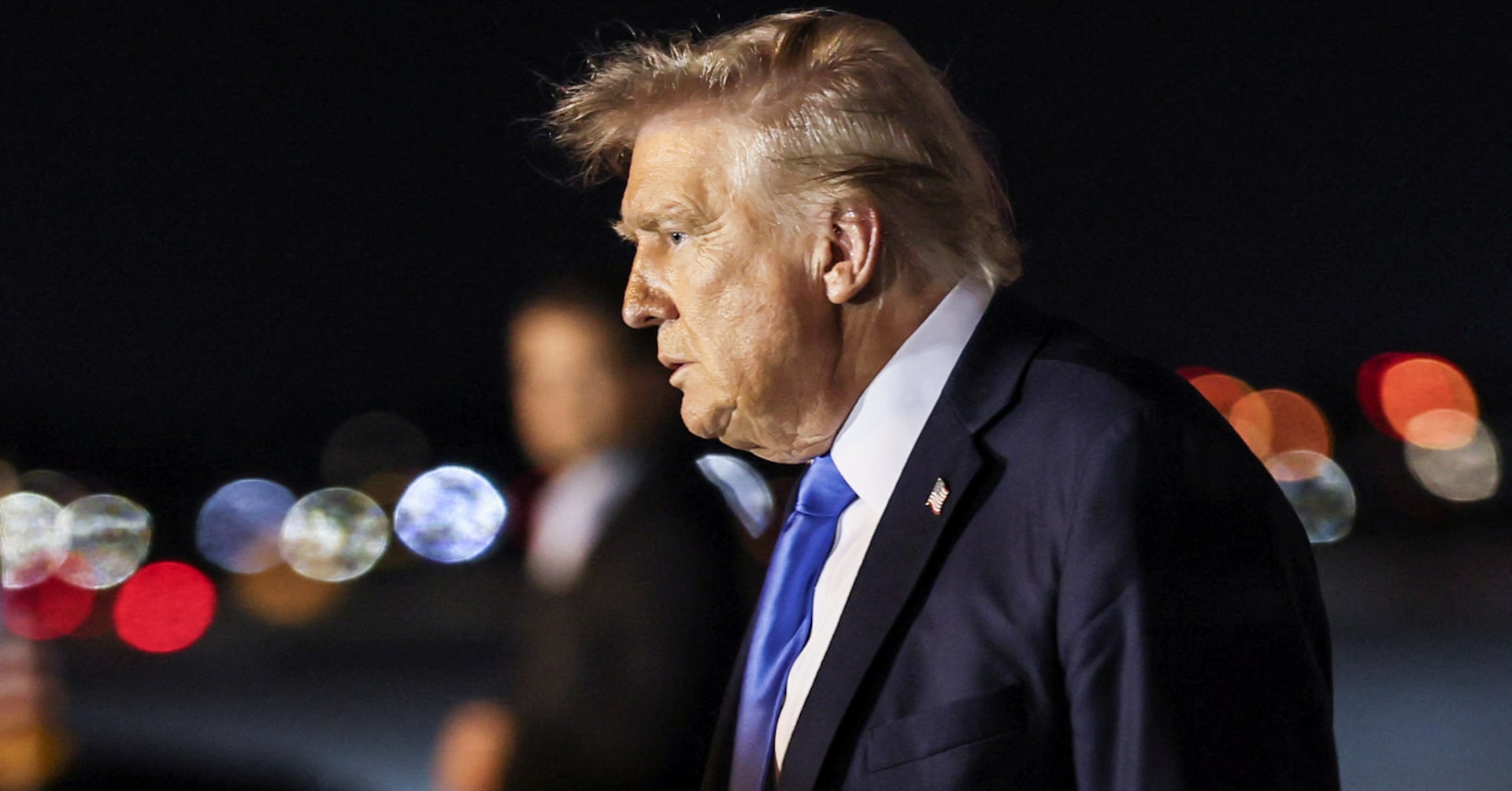Science Under Siege: Trump's Budget Slashes Research Funding to Unprecedented Levels

In a bold move to curb healthcare expenditures, the White House is proposing a dramatic reduction in federal health spending, targeting major research and public health institutions with significant budget cuts. The National Institutes of Health (NIH) and the Centers for Disease Control and Prevention (CDC) are set to bear the brunt of these proposed reductions, which could slice more than 25% from their current budgets in the upcoming fiscal year.
This ambitious cost-cutting initiative signals a potentially transformative approach to managing national healthcare expenses. The proposed cuts would represent an unprecedented financial challenge for two of the most critical public health organizations in the United States, potentially impacting medical research, pandemic preparedness, and critical health monitoring efforts.
While the administration argues that these cuts are necessary for fiscal responsibility, health experts and researchers are likely to raise concerns about the potential long-term consequences of such substantial funding reductions. The proposed budget adjustments could have far-reaching implications for medical innovation, disease prevention, and public health infrastructure.
